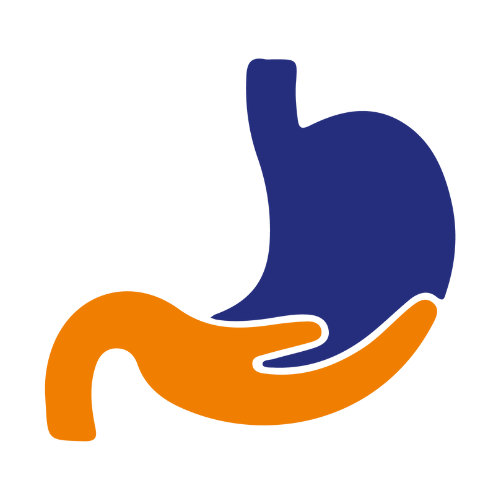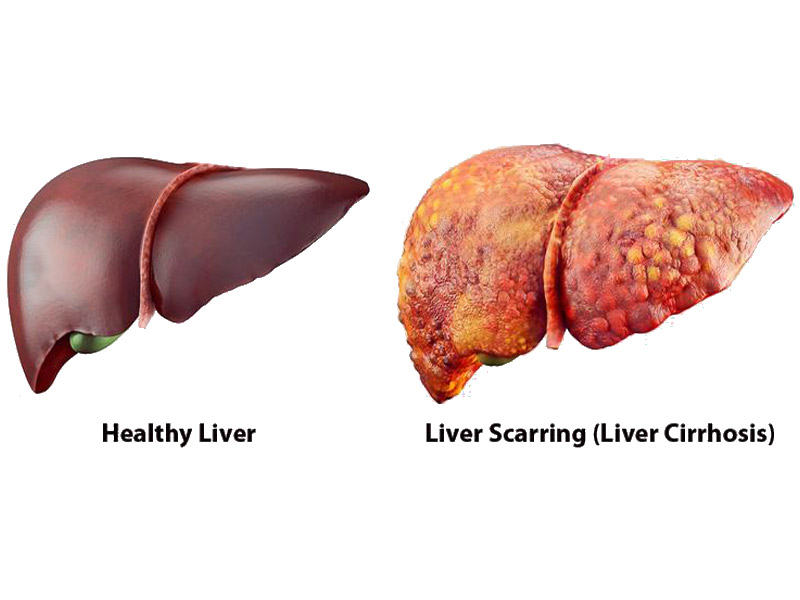Liver Cirrhosis
Cirrhosis is a late-stage liver disease in which healthy liver tissue is replaced with scar tissue and the liver is permanently damaged. Scar tissue keeps your liver from working properly.
Many types of liver diseases and conditions injure healthy liver cells, causing cell death and inflammation. This is followed by cell repair and finally tissue scarring as a result of the repair process.
The scar tissue blocks the flow of blood through the liver and slows the liver’s ability to process nutrients, hormones, drugs and natural toxins (poisons). It also reduces the production of proteins and other substances made by the liver. Cirrhosis eventually keeps the liver from working properly. Late-stage cirrhosis is life-threatening.
What are the Symptoms?
In most cases, there may be no symptoms until advanced stages. Following are some of the signs & symptoms of Cirrhosis:
- Tiredness & Fatigue
- Loss of appetite
- Nausea
- Itchiness
- Unintended weight loss
- Swelling in feet & ankles
- Jaundice
- Fluid build up in the abdomen
- Absence of periods in women
- Breast enlargement, loss of sex drive in men
- Slurred speech & drowsiness
What are the Causes?
Some of the common causes of liver cirrhosis are:
- Excessive alcohol consumption for long periods of time
- Hepatitis B, C & D
- Cystic fibrosis
- Non Alcoholic Fatty Liver disease
- Hemochromatosis or excessive iron accumulation in the body
- Autoimmune hepatitis
- Primary Biliary Cirrhosis
- Primary Sclerosing Cholangitis
- Infections
- Certain types of medications
How is it Diagnosed?
Diagnosis of Liver Cirrhosis may involve the following tests:
- Blood tests to check for signs of liver & kidney malfunction
- Magnetic Resonance Elastography detects hardening of the liver.
- MRI
- CT Scan
- Ultrasound
- Liver Biopsy
What are the Risk Factor?
- Excessive consumption of alcohol
- Obesity can lead to Non alcoholic fatty liver disease & nonalcoholic steatohepatitis which can lead to cirrhosis of the liver
- Chronic hepatitis
If left untreated, cirrhosis can lead to severe complications such as:
- Portal Hypertension
- Swelling in the legs
- Fluid accumulation in the abdomen
- Enlargement of spleen
- Bacterial infections
- Jaundice
- Toxin build up in the brain
- Liver Cancer
How is it Treated?
The main aim of the treatment for cirrhosis is to slow down scarring of the liver tissue, ease symptoms and prevent complications.
Treatment options include:
- Weight Loss: In case of patients with Cirrhosis resulting from Non alcoholic liver disease, weight loss & control of blood sugar levels can help improve their symptoms
- Reducing or stopping alcohol consumption: It is important for patients with cirrhosis to completely stop consuming alcohol, as even small amounts can be toxic for the liver
- Medications to stop further damage to the liver caused by Hepatitis B or C infections
- Medications to stop progression of the disease
- The doctor may also recommend a diet low in sodium to control edema in legs & feet.
- Antibiotics & vaccinations may also be suggested to treat other infections

